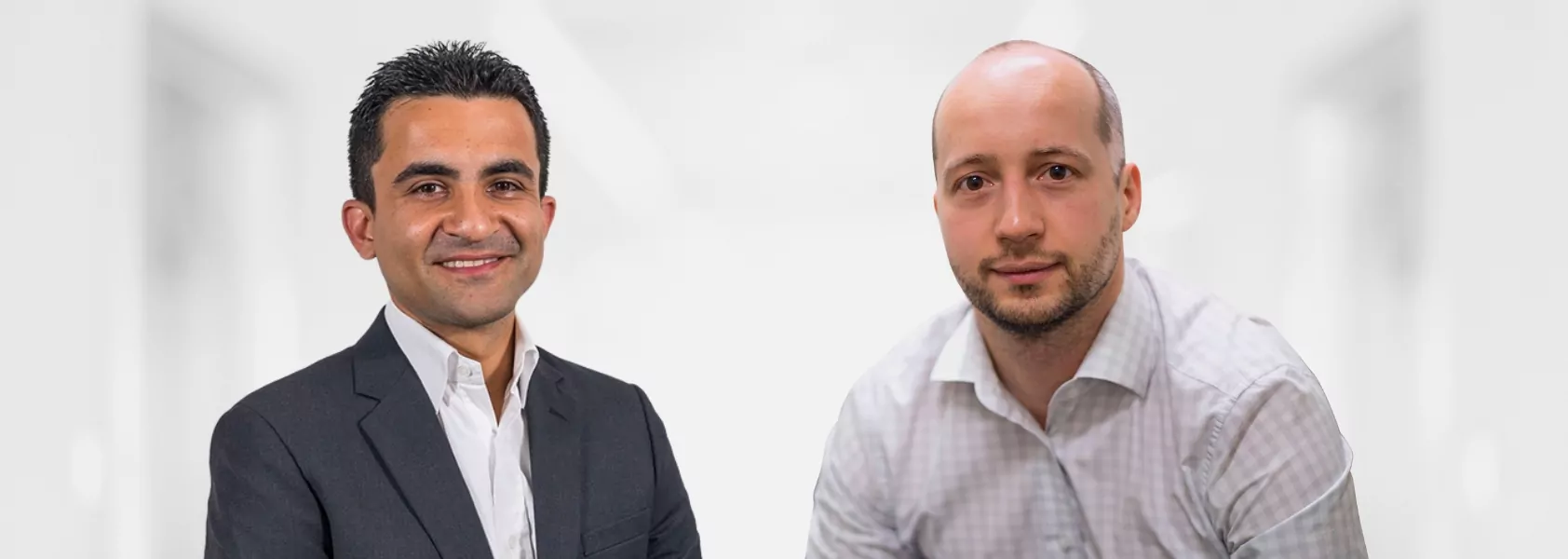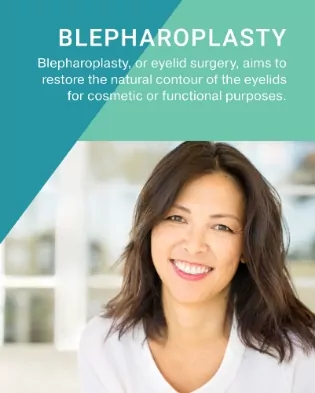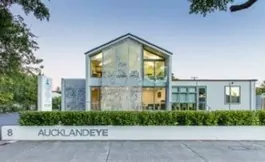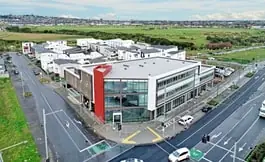Understanding blepharoplasty
Blepharoplasty is surgery that lifts and tightens the skin around the eye. With ageing, the skin loses its natural elasticity, causing the eyebrows to droop and redundant skin to appear on the upper and lower eyelids. Muscles around the eye may also thicken (hypertrophic), particularly in smokers.
In addition, many people lose fat around the eye, resulting in a sunken appearance. The connective tissue layers in the eyelids may thin out, causing fat to move downwards and form ‘bags’ under the eyes. Loss of elasticity and subcutaneous fat often leads to an increase in wrinkle formation and permanent lines.
Some people also choose blepharoplasty because they are unhappy with the natural appearance or shape of the skin around their eyes.
Depending on your concern, there are three variations of blepharoplasty: upper eyelid, lower eyelid and Asian. As the anatomy of the eye is complex and the tissue surrounding the eye is delicate, only a surgeon with training in both ophthalmology and plastic surgery should perform blepharoplasty. Oculoplastic surgeons’ advanced training is specific to the eye, making them true eyelid experts.
Click here to view a treatment overview video of blepharoplasty, a surgery designed to reduce the signs of aging around the eyelids.
Ageing produces concerns regarding the eyelid region.
Cosmetic reasons include:
- Overhanging upper lid skin
- Puffy-looking eyelids
- The appearance of ‘bags’ in the lower lids
- Hollowing associated with the ‘tear trough’
- Lack of crease, or very minimal crease in the upper eyelid
Vision reasons include:
- Ptosis – the upper eyelid droops too far over the eye, limiting vision.
- Ectropion – outward-facing eyelids leave the inner eyelid surface exposed and easily irritated.

Types of blepharoplasty
Upper eyelid blepharoplasty
Upper eyelid surgery is the most common cosmetic eyelid procedure and is often recommended for functional or cosmetic reasons. Brow surgery may also be recommended, although this is less common. Most medical insurance companies will cover upper blepharoplasty surgery if the conditions for functional visual impairment are met.
Generally, surgery involves the excision (removal) of excess skin, underlying muscle and, if necessary, fat. The skin crease in the upper lid is often reformed because it determines the position of the fold that drapes the upper lid. Loss of the skin crease often contributes to the skin’s overhang, and restructuring helps to restore the lids’ natural contour and appearance.
Upper eyelid blepharoplasty has a very high satisfaction rate. It offers a significant cosmetic improvement in the upper lids while maintaining a natural appearance. Some people may also observe benefits to their vision following the treatment.

Lower eyelid blepharoplasty
This surgery improves the appearance of the lower eyelid. Depending on the specific condition, the surgeon may excise skin, remove or redistribute fat. One common concern that lower eyelid blepharoplasty addresses is the development of ‘tear troughs’, a prominent hollowing that occurs at the junction of the lower lid and cheek descent. Sometimes tissue fillers are needed after surgery to augment the results. A customised approach is required for lower lid surgery and this is best discussed in person at your consultation.

Asian blepharoplasty
This surgery involves the creation of a skin crease in the upper lid in patients with a particularly low or absent skin crease. It derives its name from the prevalence of absent, or very slight, skin creases in Asian people.

Medical insurance for blepharoplasty
Most insurance policies exclude cosmetic surgery. However, costs will generally be accepted if there is also a functional reason for the surgery (e.g. improving the field of vision) or a medical condition such as thyroid eye disease is causing the problem. Surgery for eyelid malpositioning, such as ptosis or ectropion, is not considered cosmetic and is covered by medical insurance.
How surgery works
Upper or lower blepharoplasty for both eyes generally takes 60 to 90 minutes. Surgeons perform most cases on outpatients under local anaesthetic. Some patients may also choose intravenous sedation or, very occasionally, a general anaesthetic.
In upper lid surgery, the incision is made through the skin crease. Following the removal of excess tissue, the resulting wound is sutured. These sutures are removed within five to seven days.
In lower lid surgery, the incision is made just below the lashes if the skin is excised. However, in cases where only fat is removed, the incision is made from inside the lid through the conjunctiva. These sutures dissolve without the need for removal.
Recovery
Generally, the eyelids will take one to two weeks to settle. You may experience some swelling and bruising which can be minimised by firm patching initially and with regular use of ice pads for 48 to 72 hours after the surgery.
Blepharoplasty rarely has significant complications. However, for the first few weeks after surgery, some patients experience an altered blink, which may affect the tear film and impact vision a little.








